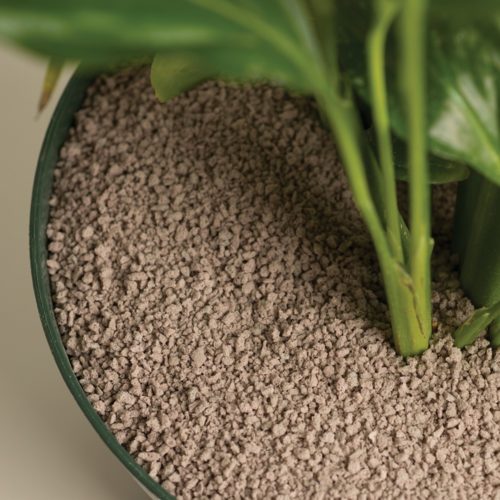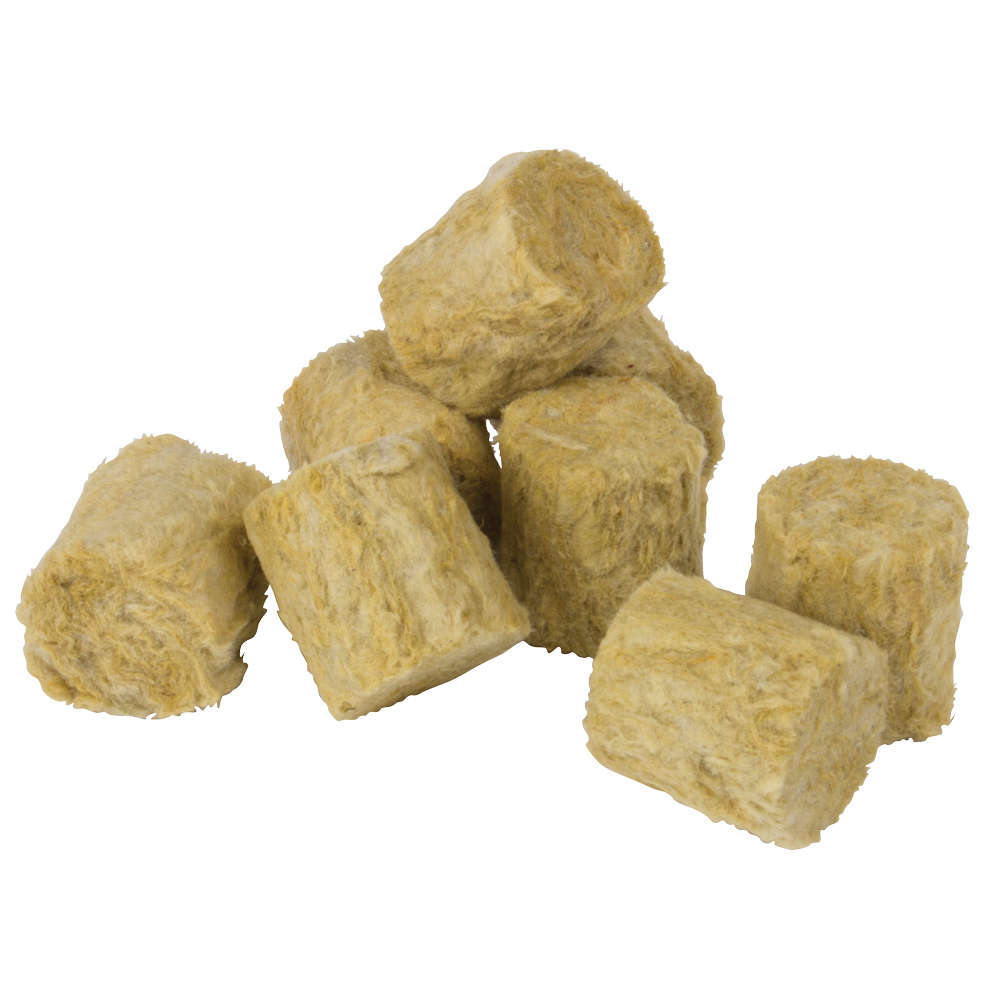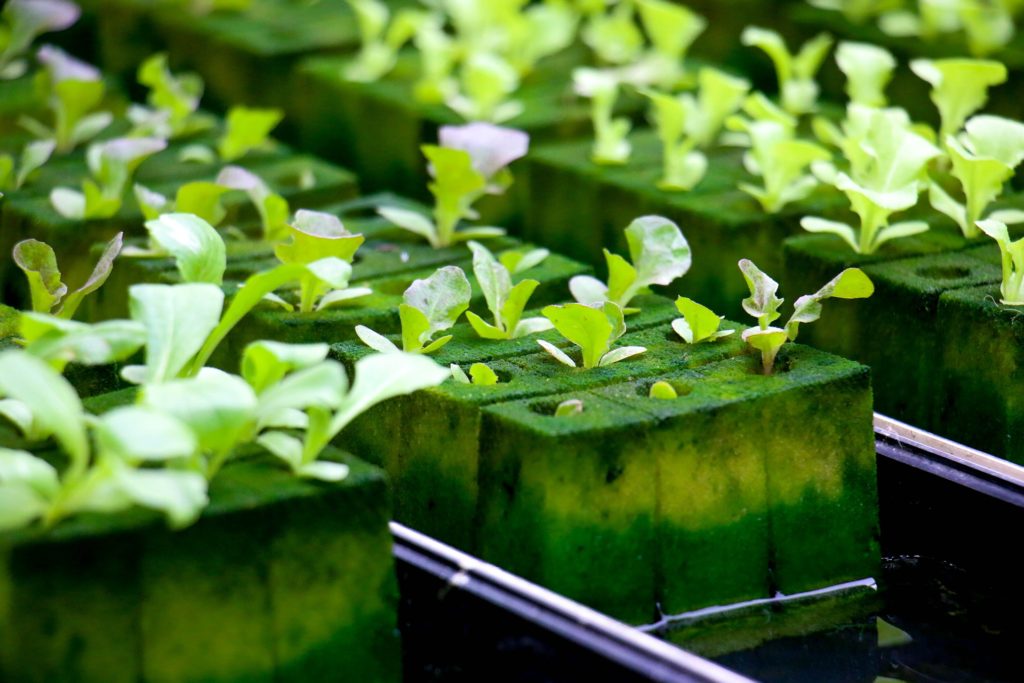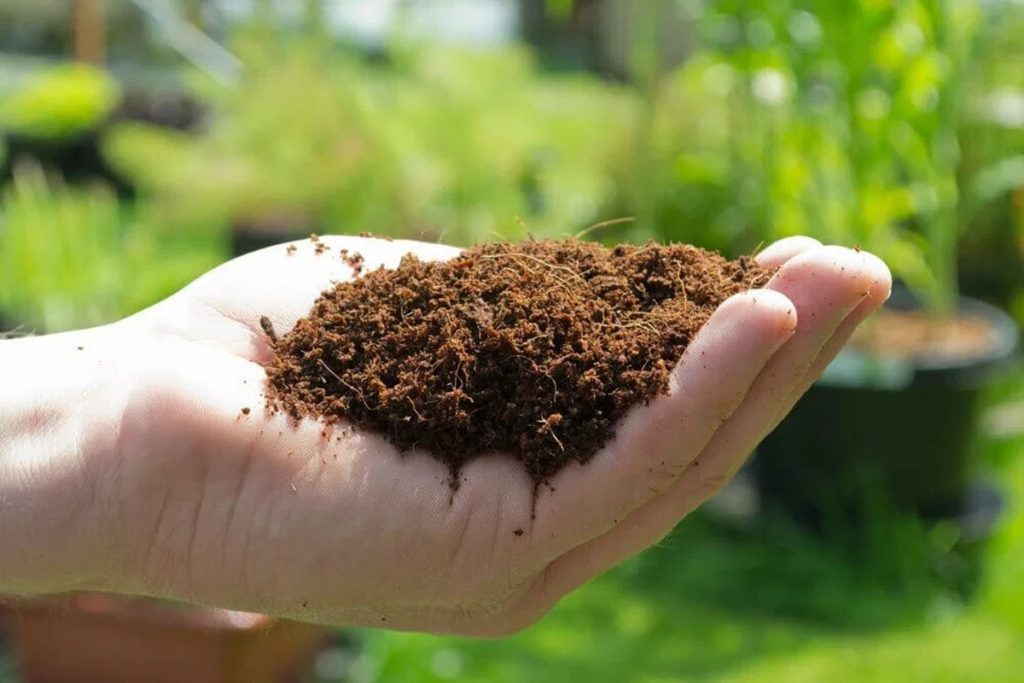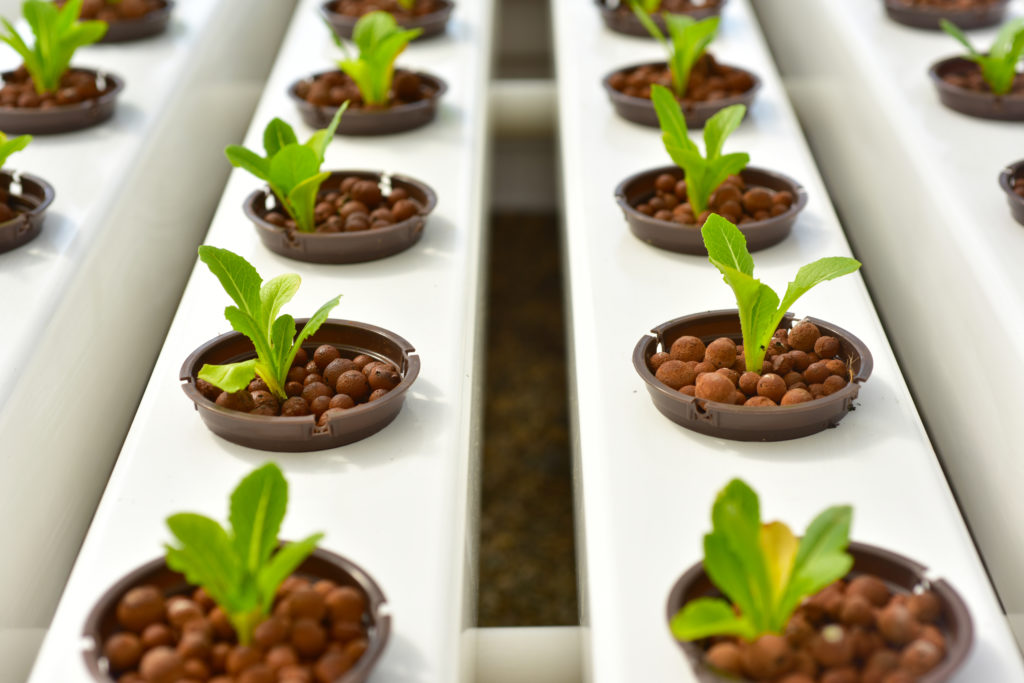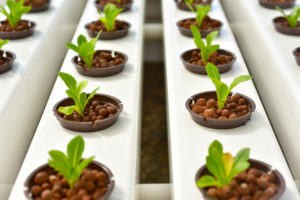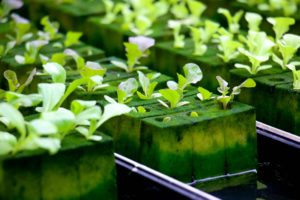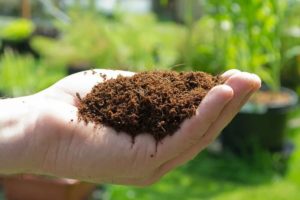Not every type of grow media tops the list in terms of popularity, or is the most commonly used (like these). Still, that doesn’t mean they’re not valid options. Let’s look at some of the less common types of alternative growing medium:
Rice hulls/husks
Rice hulls are a pretty good option for hydroponic growth medium. There is something you need to know right off the bat though- rice hulls need to be sterilized. That’s why you’ll often see rice hulls labeled as Parboiled Rice Hulls (PRH). Essentially, that means that rice hulls are removed from the rice crop. The hulls are then sterilized and other organic material is removed. It’s an eco friendly, organic grow medium, since it’s made from byproducts that would otherwise be discarded. However, they do have a more alkaline pH, so you’ll have to monitor your pH levels closely.
Rice hulls provide plenty of beneficial drainage. Of course, that’s good for systems that need less moisture. However, rice hulls also break down faster than other organic grow media. So, be prepared to replace your media more often if you want to use rice hulls in your hydroponic setup.
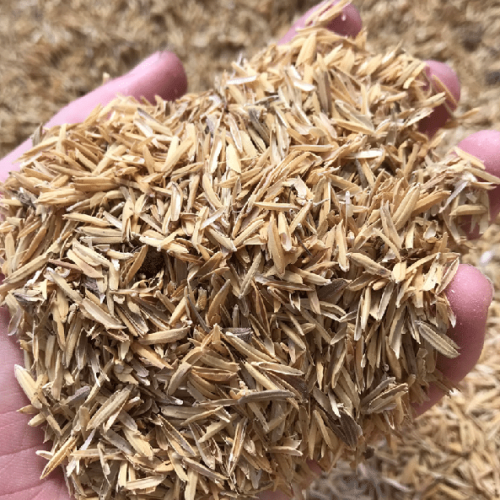
Sand
Of the alternative grow media, sand is more common than some others. It can be a lost cost solution, since it’s fairly plentiful. Sand holds moisture very well, although it can be difficult to properly aerate. Because of this, it’s better to mix sand with another type of growing media. It’s also heavy, since the fine rock particles are so closely packed together. When stray sand grains get loose and build up, they can clog some hydroponic systems. It’s best to mix sand with perlite, vermiculite, or coco coir. It’s also important to know that if you get sand, you should rinse it to get other organic debris out. River sand tends to be better than sand from an ocean beach, since you don’t have leftover salt to contend with.
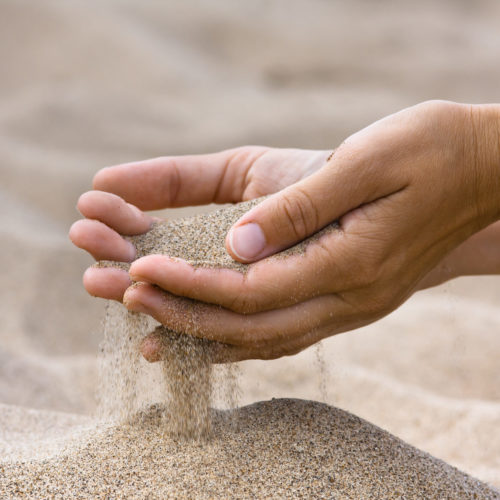
Peat moss
This is an alternative growing medium that most people are somewhat familiar with, even if they grow plants in soil. Peat moss isn’t its own plant. In fact, it’s created when organic material decomposes in peat bogs, where little oxygen and heat is available. The end result is a dark brown, mossy looking material. It takes a very long time to break down, and can be reused for a long time too. A benefit of peat moss is that while it’s an organic material, it doesn’t contain other, harmful organic material. It holds moisture well, although it can be a pricier grow medium. It has a more acidic pH, but it can be blended with other grow media to reduce the impact.
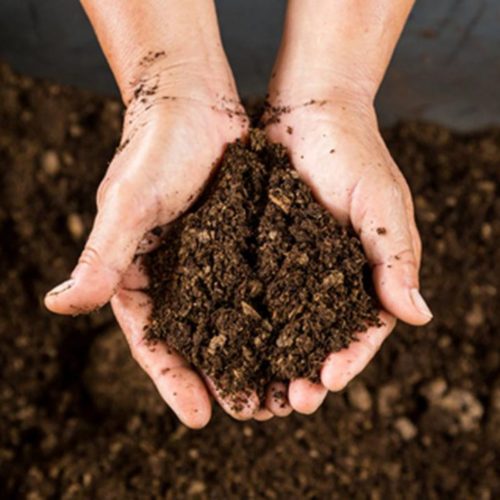
Sawdust
Sawdust is sometimes used as a hydroponic growing medium, although not frequently. It’s inexpensive, and like sand, it may even be free. While it holds water and moisture very well, it also compacts extremely quickly. That can be a problem for maintaining healthy root systems. When it comes to pH, that really varies by batch, so it’s hard to predict the impact it’ll have on your system. If you’re considering using sawdust, you need to find out whether or not it’s chemically treated or contains other organic material. Yes, it’s a sustainable, organic grow medium. However, it also rots and decomposes, so you may need to replace it with new medium frequently.
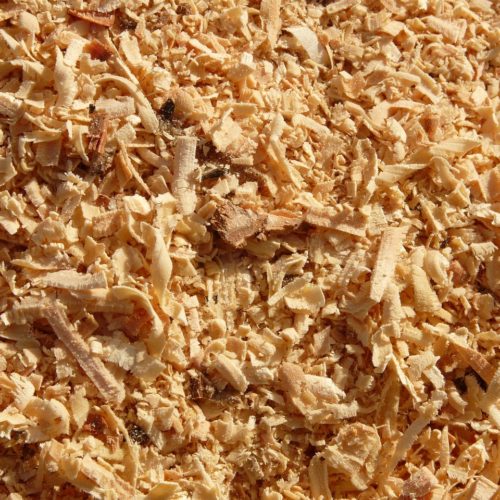
Growstones or recycled glass
Growstones and recycled glass (as a type of growing media) are more or less the same thing. It’s an ecofriendly, sustainable grow medium, made from recycled glass. It doesn’t have any sharp edges- the glass is crushed into tiny particles, reheated, and made into growstones designed for hydroponics. While there is some dust you should wash off before using it, it’s great for retaining moisture and oxygen. It’s a porous, lightweight medium, and you can mix it with other growing media, or use it solo. However, keep an eye on your root systems. In certain cases the growstones may stick to roots when submerged in water, which can be a problem over time.
